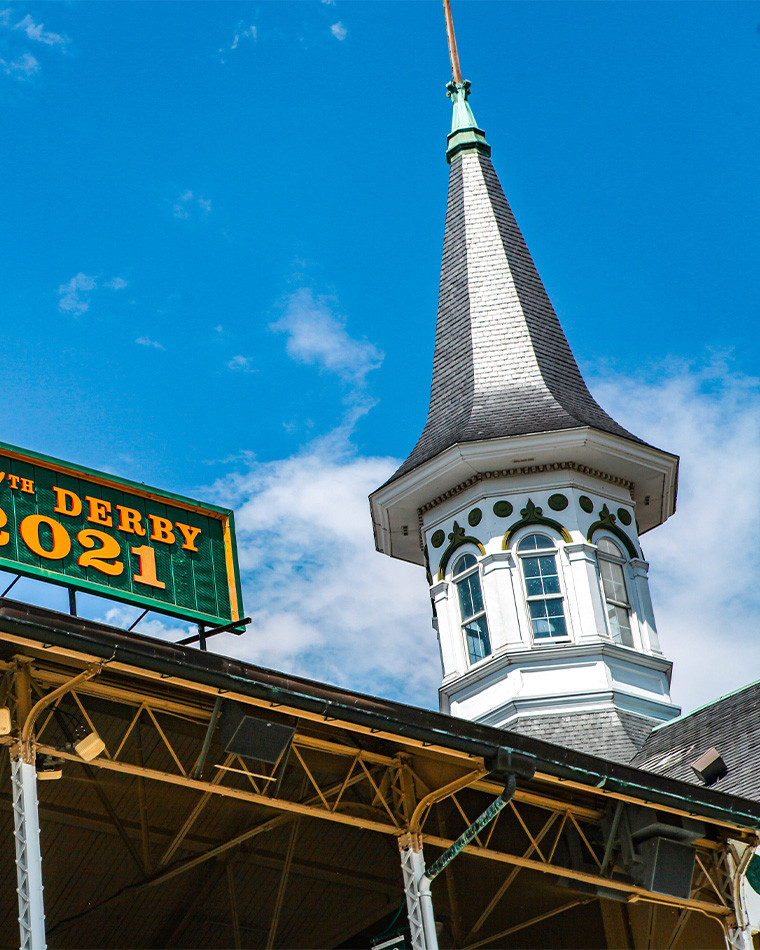Bring the Excitement of Derby to your school!
Each lesson is:
- Designed to supplement and align with core curriculum standards
- Tailored to your students’ grade level
- Cost: Free
- Duration: 30-45 minutes

WHY STUDY
THE DERBY?

Our Educators

Emily Dippie
Director of Education

Chami Weeratunga
Museum Educator & Program Coordinator

Mollie Gilin
Senior Outreach Coordinator




